News
-
Packaging And Shipping
Read more -
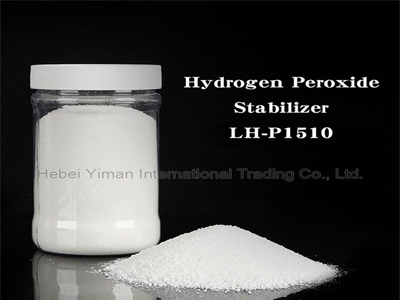
What Are Reactive Dyes?
What Are Reactive Dyes? Dye/Dyestuff is one of the most important components in the textile industry and other industries. It is a compound that can attach to any fabric to color the fabric. There are various dyes on the market to choose from, but the most popular ones are those chemically stable...Read more -
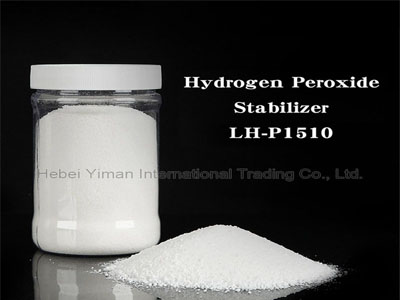
Classification Of Reactive Dyeing
Classification Of Reactive Dyeing According to different reactive groups, reactive dyes can be divided into two types: symmetrical triazene type and vinylsulfone type. Symmetric triazene type: In this type of reactive dyes, the chemical properties of active chlorine atoms are more active. During ...Read more -

Printing Thickener
Printing Thickener Printing thickeners are one of the most commonly used thickeners in the printing industry. In printing, the two main materials used are glue and color paste. And because the consistency will decrease under higher shearing force, thickeners are used to increase the consistency o...Read more -
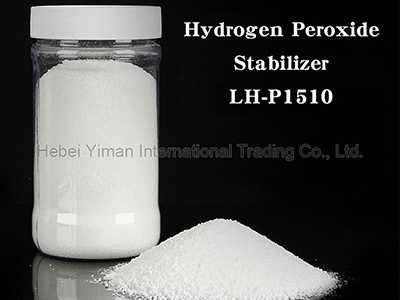
History Of Reactive Dyes
History Of Reactive Dyes Ciba began to study melamine dyes in the 1920s. The performance of melamine dyes is better than all direct dyes, especially Chloramine Fast Blue 8G. It is a blue dye composed of intrinsic binding molecules containing an amine group and a yellow dye with a cyanuryl ring to...Read more -

About Disperse Dyes
About Disperse Dyes The thermal migration process of disperse dyes can be explained as follows: 1. During the high temperature dyeing process, the structure of polyester fiber becomes loose, disperse dyes diffuse from the surface of the fiber to the inside of the fiber, and mainly act on the poly...Read more -
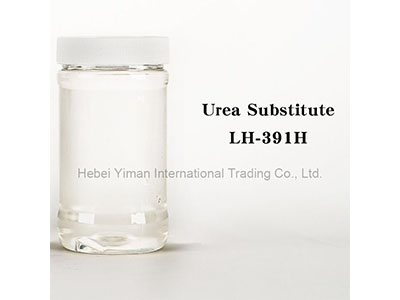
Development Of Reactive Dyeing Technology
Development Of Reactive Dyeing Technology In recent years, the new dyeing process of reactive dyeing has developed rapidly. The current reactive dyeing processes include: reactive dye pad dyeing and short steaming dyeing, reactive dye dip dyeing short process, reactive dye low temperature and col...Read more -
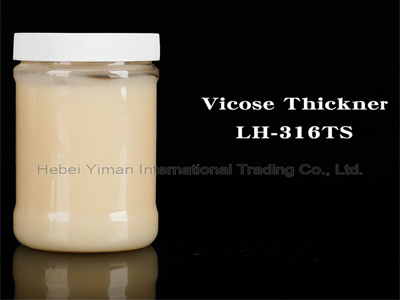
Common Problems and Preventive Measures of Disperse Dyeing
Disperse dyes are prone to problems such as uneven dyeing, recrystallization, agglomeration and coking. How to prevent them? Disperse Dyeing Supplier will introduce you about it. 1. Uneven Dyeing The uniformity of dye absorption is related to the ratio between the dye liquor flow rate and the abs...Read more -

Why Is The Dispersion Fastness Poor?
Why Is The Dispersion Fastness Poor? Disperse dyeing mainly uses high temperature and high pressure when dyeing polyester fibers. Although the disperse dye molecules are small, it cannot guarantee that all the dye molecules enter the fiber during dyeing. Some disperse dyes will adhere to the fibe...Read more -
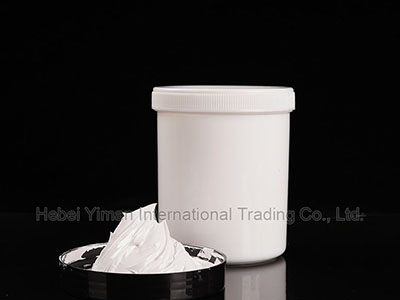
Disperse Dyes Used in Printing and Dyeing
Disperse dyes can be used in various technologies and can easily color negative composites made with disperse dyes, such as polyester, nylon, cellulose acetate, viscose, synthetic velvet, and PVC. They can also be used to color plastic buttons and fasteners. Due to the molecular structure, they h...Read more -
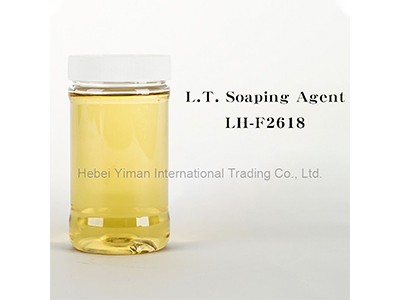
Disperse Dyeing Process
When dyeing at high temperature and high pressure. Disperse dyeing process of polyester fiber. Divided into four stages 1. Disperse dyes migrate from the dye solution to the fiber surface due to the difference in concentration: 2. Disperse dyes are adsorbed to the fiber surface: 3. Disperse dye p...Read more -

Ten Key Indicators of Reactive Dyes
The ten parameters of reactive dyeing include: dyeing characteristics S, E, R, F values. Migration index MI value, level dyeing factor LDF value, easy washing factor WF value, lifting power index BDI value/inorganic value, organic value (I/O) and solubility, ten major parameters for the main perf...Read more












